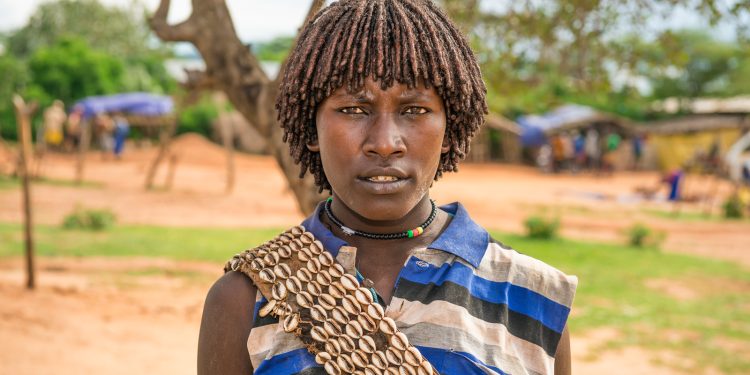Recent research has shown that members of the San and Khoe Indigenous populations of southern Africa still carry significant portions of their genetic makeup from hunter-gatherers who lived in the region around 10,000 years ago. This finding, derived from a new genetic study, provides valuable insights into the continuity of populations in southern Africa over millennia.
Scientists reached this conclusion by analyzing the genomes of nine ancient individuals buried at the Oakhurst rock shelter near George, in South Africa’s Western Cape. These individuals, dated to between 10,000 and 1,300 years ago, offer a timeline of genetic history from the early Holocene to the late Stone Age. According to IFLScience, the genetic data reveals that the oldest individual in the study shared nearly identical genetic characteristics with later populations in the area, suggesting minimal external genetic influence for nearly 9,000 years.
According to the research team, this long period of genetic stability is unusual when compared to other regions of the world. In many places, including Europe, human populations have undergone significant genetic changes due to migration and mixing. Study co-author Joscha Gretzinger emphasized that the findings from southern Africa contrast with those from Europe, where large-scale genetic shifts have been the norm over the last 10,000 years.
“The genetic continuity seen in southern Africa is quite exceptional when compared to other parts of the world, where human movements have introduced new lineages,” Gretzinger noted. This discovery highlights the unique genetic history of the region, where the San and Khoe groups have maintained direct links to their ancient hunter-gatherer ancestors.
External Influence and Genetic Mixing
However, this genetic continuity did not last indefinitely. The study points out that the arrival of pastoralist and farming communities from East and West Africa around 1,300 years ago introduced new genetic lineages to the region. This migration resulted in all modern San and Khoe groups inheriting at least nine percent of their genetic material from outside sources.
Despite this genetic mixing, the study reveals that many modern San and Khoe individuals retain a significant portion of their ancestry from the original hunter-gatherer populations. For example, communities such as the ‡Khomani, Karretjiemense, and Nama continue to carry a genetic signature that traces back to these ancient populations.
Implications for Understanding Human History
This research provides a rare glimpse into the genetic continuity of a human population over such an extended period, offering new perspectives on the history of southern Africa. It also raises questions about whether similar examples of long-term genetic stability might be found in other regions of the world.
Understanding the genetic history of Indigenous groups like the San and Khoe not only informs us about their past but also contributes to a broader understanding of human migration, adaptation, and survival. This study may serve as a foundation for future research into the genetic histories of other Indigenous populations and regions, offering valuable insights into how human populations have evolved over time.
The findings underscore the importance of preserving Indigenous cultures and understanding their unique histories. As genetic research continues to advance, scientists may uncover more examples of populations with similarly deep-rooted connections to their ancient ancestors. The study of the San and Khoe offers an essential piece in the puzzle of human history, demonstrating how some groups have maintained genetic continuity in the face of changing environments and new populations.











